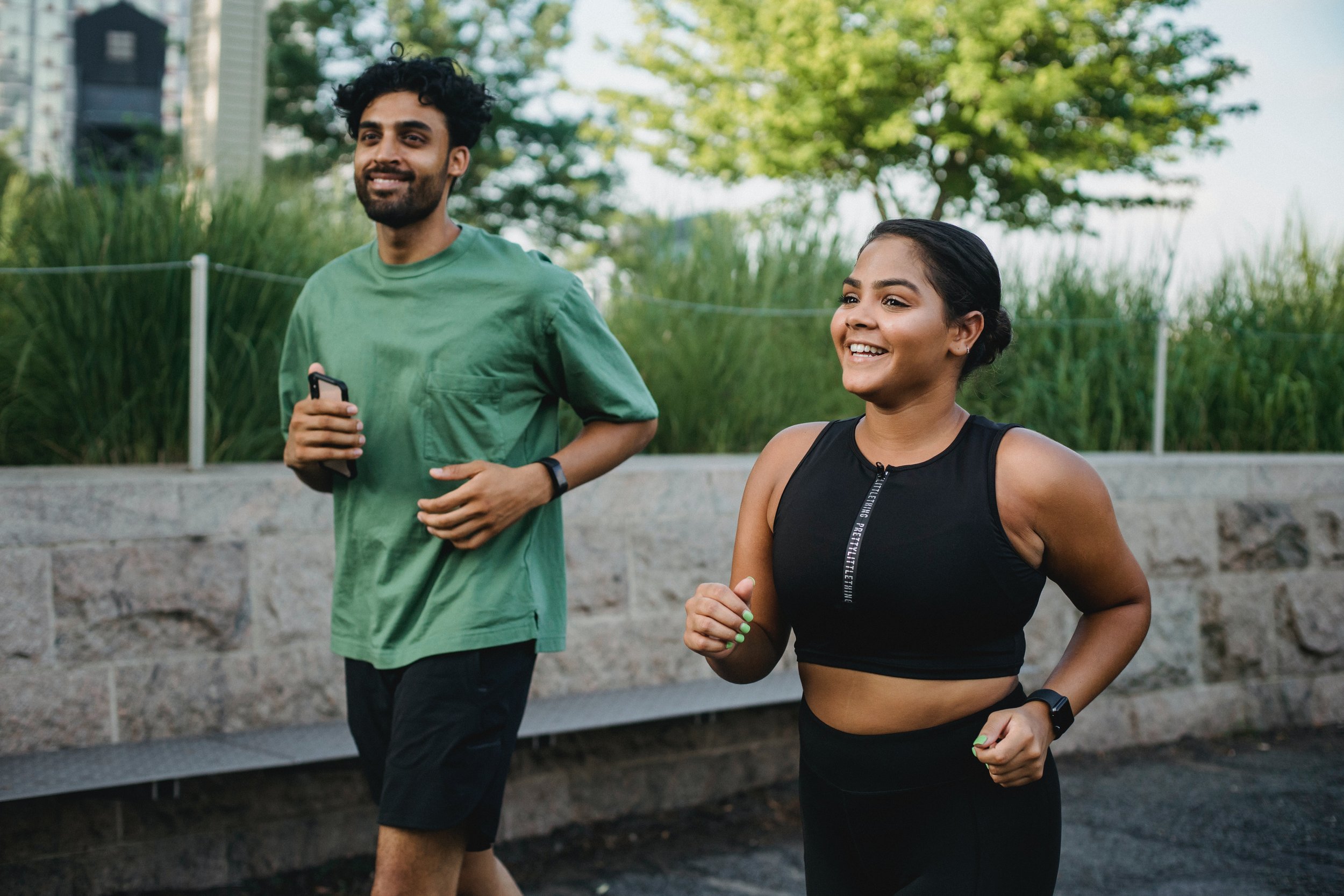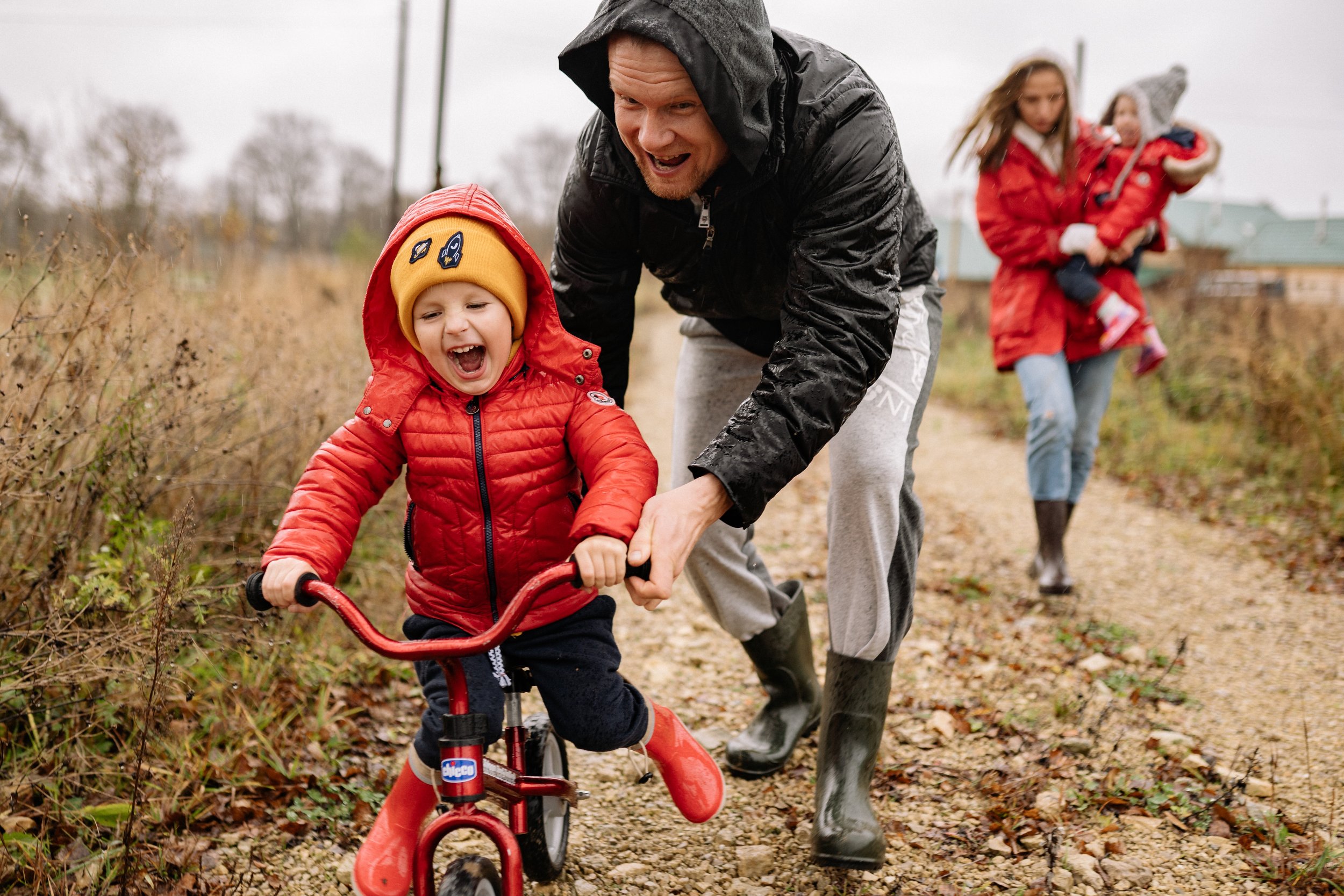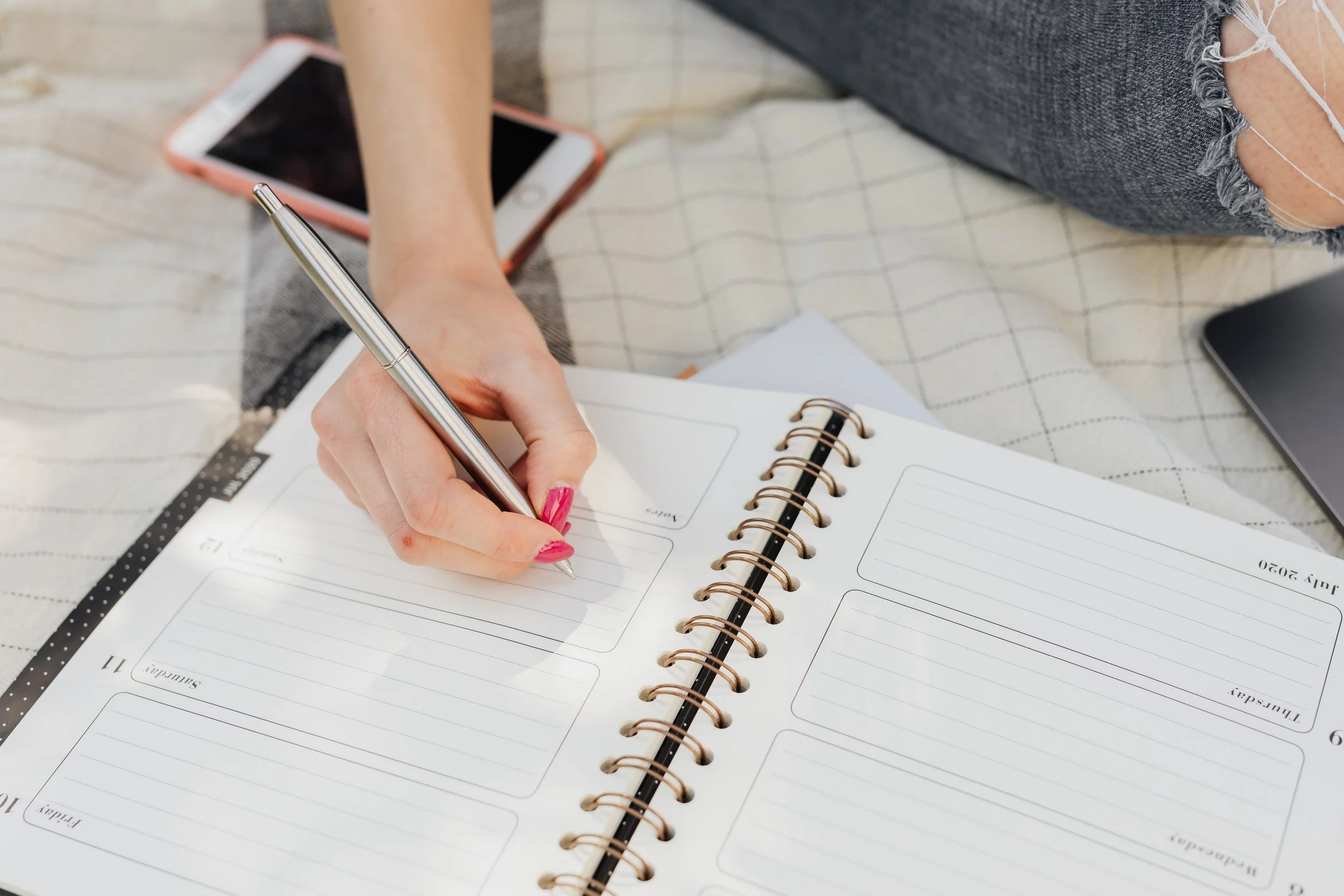How to make behaviour changes that last
Have you ever tried to achieve a wellness goal only to get frustrated, bored or disheartened and to give up not long after? I think we can all put our hands up to that one!
Getting started on a new health and fitness routine can be challenging for us all as it involves making changes to our engrained behaviour patterns. For our efforts to actually be effective and long lasting, we need these new behaviour changes to stick.
So let's dive into four tips that have been proven to boost your motivation, allow you to make changes with ease and give you results that last; including four actionable tasks to help you improve your behaviour changes, today.
Focus on the process rather than outcome
If you make your goals always about an outcome, like reaching a certain weight or hitting a particular strength goal, your motivation is easily toppled. Suddenly you find that your self-esteem is hung on a number and this is a precarious place to be.
Let’s take a weight loss goal for instance. You become determined to reach a certain weight, but when life fluctuates and the number on the scales does too, you become disheartened and feel like you’re failing. But actually you are missing all the gains you have made. Maybe you learnt new recipes, tried new foods or started walking regularly. These are the processes, skills and methods you’ve adopted and they are essential for getting you where you want to be.
James Clear, author of #1 bestselling book ‘Atomic Habits' calls these processes ‘systems’ and says: If you want better results, then forget about setting goals. Focus on your system instead.
Dr Heather McKee, one of the UK’s leading lifestyle behaviour change specialist, points out that we often think we need more knowledge to get where we need to be, but it’s actually the processes that we need to understand. For instance, how many of us don’t know that we need to eat more veg and exercise more? She describes it like we’re following a wellness ‘recipe’. We often already know the ingredients (the knowledge) to make our recipe, but actually it’s the method (the processes) that is missing.
This doesn’t mean you never need to have an outcome goal. These can be great for plotting the direction you want to go in to get you started. But then focus your attention on installing the daily processes and behaviour patterns you’ll need to start living your new routine.
Task 1:
Take your goal and then brainstorm all the processes you need to move towards it. For example if your goal is run a 10K, this could be some of your processes:
Look for a local running club to join
Organise schedule to accommodate three runs per week
Plan running routes
Once you have your list, start with the easiest process to achieve first. Then at a pace that’s suits you, start establishing your processes as part of your lifestyle, one at a time.
2. Look at what brings you joy
We are always going to be more motivated to do the things that bring us joy and make us feel good. It’s a no brainer.
But unfortunately, often exercise and healthy choices are tarnished as a chore. The thing we just have to get on and do before we can have fun. It’s like when you’re a kid and you are forced to eat your vegetables before you have your pudding. The joy still lies in the dessert and you aren’t learning to actually enjoy the vegetables and to choose them naturally.
The idea is to therefore lean into the joy of your new routine as much as possible to get you motivated to do it.
What are all the incredible benefits you’ll experience from your new routine, how will it positively impact your life? In what ways could you actually have fun and enjoy these changes? Katy Milkman, one of the world's top thinkers on the science of change, says: “Making hard things seem fun is a much better strategy than making hard things seem important”.
Bringing joy to your choices will keep you constantly motivated and make your new habits happen with ease.
Task 2:
Write a list of everything that brings you joy in life. Example: Hanging out with friends, learning something new, being in nature, dancing.
Next, start to brainstorm on ways that you can incorporate this into your new routine. Example: Join a weekly outdoor class, plan a weekly walk and chat with a friend, learn some new recipes, play games with the kids etc
Look at your list and choose the simplest you can begin to implement.
3. Become intrinsically motivated
Let’s start to understand the forms motivation can take and therefore how it can be harnessed to fuel your behaviour changes.
We can understand motivation in two forms: what arises from outside of us (extrinsic) and what comes from inside us (intrinsic).
For example, extrinsic motivation would be getting praise from others or reaching a certain date or event. Like losing weight for a holiday or exercising more because the doctor told you to. Dr Heather McKee describes extrinsic motivation as “slippy” and this motivation usually has a sell by date.
Intrinsic motivation on the other hand is when you engage in something because you find it personally rewarding. Maybe it makes you feel more confident, you’re enjoying learning something new or you like feeling a part of a community. Instead this intrinsic motivation Mckee calls “sticky” and it is long lasting - the stuff we want!
So for your motivation not to be easily toppled, you want to dig deep to find your driving factors behind your choices to encourage as much intrinsic motivation as possible. Allowing your healthy habits to become something you want to do, not what you think you should do.
Task 3:
Either by writing it down or talking it through with someone, start asking yourself why you want to make the changes or reach the goals you do.
Get your answer and then ask why again. Every time you get an answer, ask why another time (around 5 times).
Each time you ask you’ll gradually get deeper into discovering what your goals mean to you and your intrinsic motivation for doing them.
Once done, use these reasons to keep you motivated. Try saying it to yourself like a mantra or affirmation every time you need a motivation boost or at a certain time of day.
Example:
Why do you want to get fitter? Because I want to be able to run 10k.
Why do you want to be able to run 10k? Because running regularly clears my head.
Why is that important to you? Because then I feel able to cope better with stress.
Why is that important? Because then I can be more present with my family and friends.
Why is this important? Because then I feel more connected, loving and happy.
The intrinsic motivation has then become: ‘I run to feel more connected, loving and happy’.
4. Understand your friction and fuel
When trying to engage with a new habit, it’s helpful to notice what makes you stumble and what gives you a boost. This can be described as your ‘friction’ or ‘fuel’.
Your friction is anything that gets in the way of making changes and makes doing them harder. In the book, Friction, author Roger Dooley discusses how friction is the "the mortal enemy of motivation" as it interferes with behaviour change.
These could be issues like getting home too late to cook a healthy meal or struggling to find your kit for your early morning workouts and can often be chipped away at with a bit of planning and resourceful thinking.
Your fuel on the other hand is anything that is going to give you a boost and make your changes easier and more rewarding for you. These factors are usually based on these four main areas:
Autonomy - having ownership and control, making own choices, feeling empowered
Competency - getting better at something, feeling able, gaining skill
Relatedness - feeling part of something like a group or community
Meaning - what you are doing is meaningful
For instance this could be when sense of community you feel when you join an exercise group or the reward of learning a new skill, like how to cook a new recipe.
Therefore to increase your motivation you want to increase the fuel and reduce the friction points. You can also be sneaky and add in friction points for your old habits you want to break (like putting the crisps in the cupboard that’s hard to reach!).
Task 4:
Write a list of all your friction points you can think of that get in your way to making change. For example: Feel too tired to go to the gym in the morning.
Then choose one of the simplest to tackle and look for solutions. For example: go to bed 10 mins earlier every night for a week to form new bed time.
Once one barrier is overcome, move onto the next at a pace that is manageable.
Next do the same thing but for your fuel. Write a list and look at easy wins to slowly add these factors to your lifestyle. Example: choosing to learn a sport to get fit as you’re fuelled by learning new things.
Remember:
Behaviour changes are a lifelong practice and it’s important to remind yourself of that when you are setting out. There will be ups and downs as that’s natural so try and embrace them wholeheartedly and use them to learn from.
Lasting results come when you create a new identity around being someone who enjoys and flourishes in a healthy lifestyle, so lean into all the ways your own unique world benefits from taking care of yourself and celebrate every step along the way.




